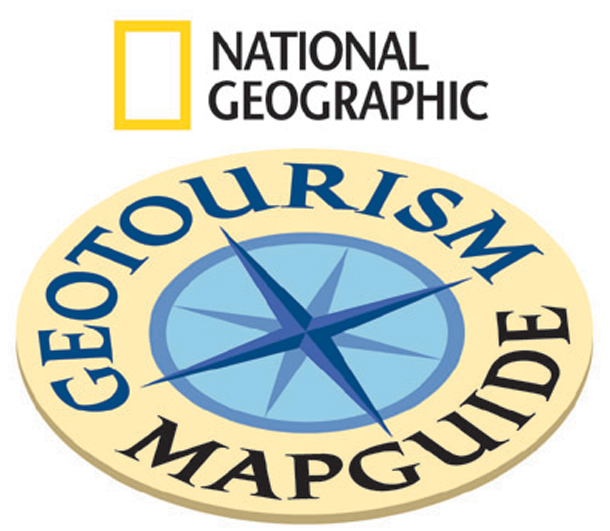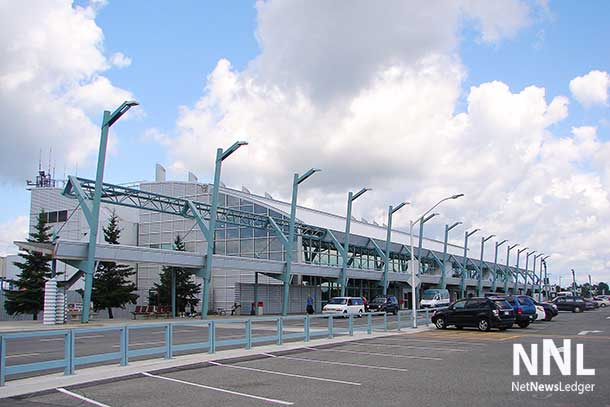 THUNDER BAY – NEWS – Travellers seeking unspoiled places and culturally authentic experiences now have a valuable new resource in a comprehensive “Geotourism MapGuide” and website for the Heart of the Continent region. The landmark project has taken two years to plan and execute and is a historically significant asset for everyone who visits or lives in the region.
THUNDER BAY – NEWS – Travellers seeking unspoiled places and culturally authentic experiences now have a valuable new resource in a comprehensive “Geotourism MapGuide” and website for the Heart of the Continent region. The landmark project has taken two years to plan and execute and is a historically significant asset for everyone who visits or lives in the region.
The Geotourism MapGuide, with its Heart of the Continent Mobile App, highlights the enchanted landscapes and enduring people of northeastern Minnesota and northwestern Ontario. It is designed to showcase to local, national and international audiences the natural, cultural and historic attractions that define the region.
All sites and attractions that have been nominated and now reside on the website are invited to attend and receive their certificate of participation from National Geographic Society. The keynote speaker is James Dion, Director of Tourism Programs, Maps Division for National Geographic Society.
National Geographic’s acclaimed mapmaking and sustainable tourism expertise helped produce the Geotourism website along with the U.S. Forest Service, Ontario Parks, Voyageurs National Park, Fort William Historical Park, Tourism Northern Ontario, Iron Range Resources & Rehabilitation Board, Thunder Bay Tourism, St. Louis County, City of Duluth, Arrowhead Regional Development Corporation, Atikokan Economic Development Corporation and many others.
The Heart of the Continent area designated for the map stretches from the outer boundaries of Duluth, Minnesota northeast along the North Shore of Lake Superior to Thunder Bay and Sleeping Giant Provincial Park, then west to International Falls/Fort Frances and south along St. Louis County’s western border, including communities and private and public lands. Since the project was launched in February 2014, locals have nominated for inclusion more than 400 of their favorite points of interest; historic, cultural and natural landmarks; events; artisans; and attractions that capture the region’s unique character and beauty. The website may be viewed at www.traveltheheart.org. Residents and visitors may continue to nominate new sites, events and special places for the website, which will be dynamic and constantly changing.
“The Heart of the Continent Geotourism MapGuide and website showcase what makes the region so culturally and geographically significant,” said James Dion, Director of Tourism Programs, Maps Division for National Geographic Society. “More than ever, this project underscores the importance of connecting the local trans-border communities, smartly sharing the region’s tremendous scenic, historic and cultural assets, and helping them thrive together for future generations.”
The Heart of the Continent Geotourism MapGuide:
– Is one of only 22 Geotourism programs worldwide
– Showcases many of the 400-plus sites nominated by local residents
– Is a resource designed to improve local, rural economic development
– Provides access to a niche national market of “geo-tourists”
– Will grow with the addition of hundreds of more sites and events
– Highlights the resources of the region encompassing a major portion of northeastern Minnesota and northwestern Ontario, including communities and over five million acres of public land
-Provides a long-term resource for promoting the Heart of the Continent to the nation and the world.
“Heart of the Continent Geotourism partners see this project as a great opportunity to work closely with other groups to promote the region and its assets,” said Paul Pepe, Tourism Manager for the City of Thunder Bay.
“The Geotourism strategy for the Heart of the Continent will strengthen the case for responsible, meaningful tourism by embracing all tourism assets uniquely distinctive to the locale. Effective stewardship of these economic assets will produce benefits in a way that encourages the type of investment needed to preserve our unique heritage. We’re thrilled to see the partnership that has developed with National Geographic and local organizations in this regard,” said Frank Jewell, St. Louis County Commissioner.
The National Geographic Society has worked with community-based alliances to develop similar Geotourism MapGuides and websites in other regions around the world. Geotourism MapGuide projects have been completed or are ongoing including in the Central Cascades (Oregon, Washington), Four Corners (Arizona, Colorado, New Mexico, Utah), Greater Yellowstone (Idaho, Montana, Wyoming), Lakes to Locks Passage (New York, Quebec), Newfoundland, Portugal’s Douro Valley, Redwood Coast (California), Sierra Nevada (California, Nevada), and the Western Balkans (Albania, Bosnia-Herzagovina, Macedonia, Montenegro, Kosovo and Serbia.)
Founded in 1915 as the Map Department of the National Geographic Society, National Geographic Maps is responsible for illustrating the world around us through the art and science of mapmaking. Today, National Geographic Maps continues this mission by creating the world’s best wall maps, outdoor recreation maps, travel maps, atlases and globes that inspire people to care about and explore their world. For more information, visit natgeomaps.com.

